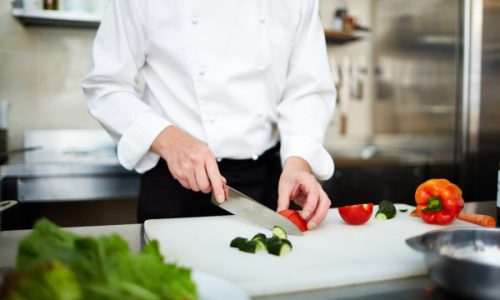For many restaraunts, food safety is about nothing more than procedure. You monitor temperatures and complete checklists so that you pass your next audit. End of story. These places can only dream of procuring enough data to make predictive decisions about equipment maintenance, operations and more that enable them to save costs and stave off problems.
Yet even when all they’re doing is following procedure, they can still struggle with collecting and reconciling data inputs. Particularly for chain restaurants, logs and reports stream in from all over the place, and they rely entirely on manual entry. That creates an inconsistent, error-prone process that reduces reliability and means all data is out-of-date by the time anyone reviews it. Real-time insight or predictive information? Dream on. Actually, it could even turn into a nightmare: under these conditions, restaurants risk making bad decisions based on bad information.
With smart data handling procedures, you can increase confidence in data integrity – even to the point of virtually eliminating pencil whipping, or falsified records – and start turning raw inputs into actionable insight.
Step by step, here’s what you need to do:
- First, you have to collect the data and consolidate it into a central repository. This is where technology shines. Wireless sensors can automatically transmit temperatures to a central source, while workers can fill out checklists from a smart device that uploads everything to the cloud.
- At the same time, you have to validate the data as it enters the system. If possible, remove humans from the process (as wireless temperature sensors do). If you can’t, make sure the system includes protections against fraud. For example, if any irregularities are detected, the system should alert management or owners automatically.
- Analyze the information daily and on-demand with reports using real-time data. Once the validated data is sitting in the central repository, anyone with appropriate access should be able to make use of it. That means building reports through a visual dashboard that shows what’s going on in your restaurant(s), right now. Users should also have the ability to adjust the parameters of those reports. For instance, do you want to drill down to particular stores, employees or food products? You should have that power.
Note that this three-step process does require more than just procedures. In fact, it requires more than just hardware; it requires a comprehensive end-to-end system that starts with collecting data and ends only with users turning that raw data into actionable information.
Read more about restaurant temperature monitoring, or contact ComplianceMate.



